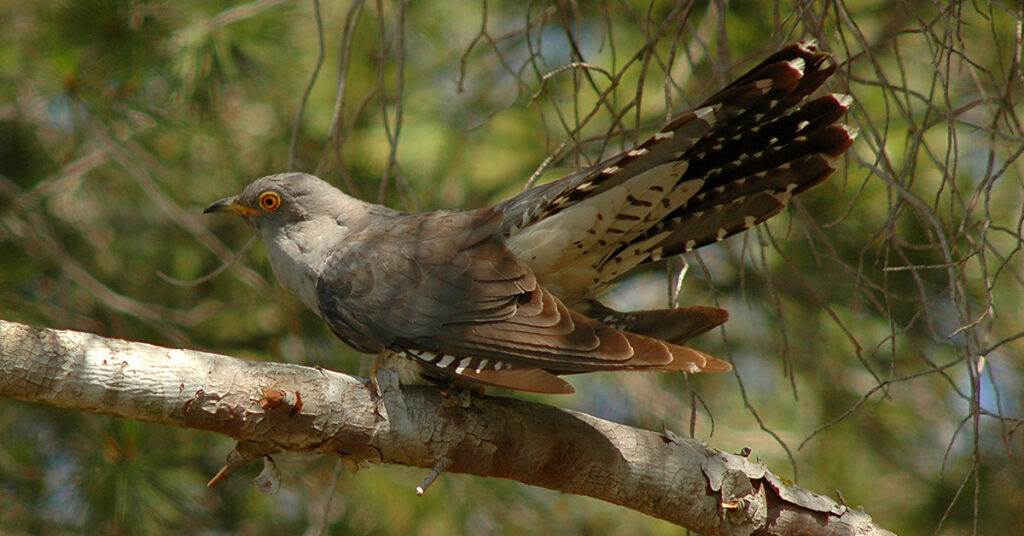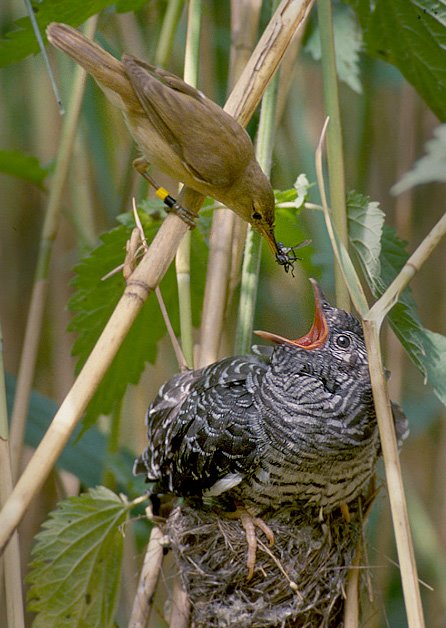Basque ethnography at a glance
‘Cuckoo, cuckoo’. One of the best-known sounds of nature. It is clearly the most famous bird call, as can be seen from the bird’s name in different languages: kuku in Basque, cuco in Spanish, coucou in French, cuckoo in English…
Even though spring officially begins on 20 March according to the calendar, the call of the cuckoo (Cuculus canorus) heralds the arrival of this season for the baserritarras (farmers).
There are many stories, sayings and beliefs about the cuckoo throughout Euskal Herria. According to tradition, this inquisitive bird is also said to influence people’s prosperity, as anyone with coins in their pocket when they hear the cuckoo’s call for the first time will not want for money that year; but if they have no coins, they will not be rich until at least the following spring.
The belief is that the cuckoo also affects people’s lifespan, which is why the elderly listen out for the cuckoo call, as hearing it guarantees that they will not die that year. When old people are not in good health in winter, they say: ‘I don’t know if I’ll hear the cuckoo this year’ as they believe that hearing the bird’s call will guarantee they will survive the year.
Brood parasite
Even though its call is very well known, the same cannot be said about its physical aspect and its way of life, as it is easier to hear than see the bird. The cuckoo is a brood parasite, which means it lays its eggs in other birds’ nests; the eggs are similar to those of the species that will hatch them: robins, wagtails, common and great reed warblers, woodlarks, etc. Over sixty species are known in Europe to hatch and feed the cuckoo chicks; just hours after hatching, the chick pushes the host eggs and offspring out of the nest so that it alone can be fed and raised by its foster parent. However, the natural parents do not ignore their young and remain close to the nest, until the chicks begin to cope by themselves.
Heralding spring
The characteristic ‘cuckoo, cuckoo’ is the call of the male, as the female makes a bubbling call. The unmistakable call will be heard until the end of June or early July. That fact is reflected in sayings and refrains such as ‘Andra Mari martikoz ku-ku, San Pedroz mutu’ (The cuckoo calls for the Virgin Mary in March, but is silent on St. Peter’s Day).
In the Arratia Valley (Bizkaia), it is said that on St. Peter’s Day, the patron saint of Dima, the cuckoo leaves that town for France and there will no trace of it until the next year. However, the cuckoo will not be making its way to France, but rather to Africa, where it will spend the winter. The parents leave first on their journey to their winter quarters in tropical Africa. A month and a half later, the young cuckoos will follow the same route.
Jon Urutxurtu



